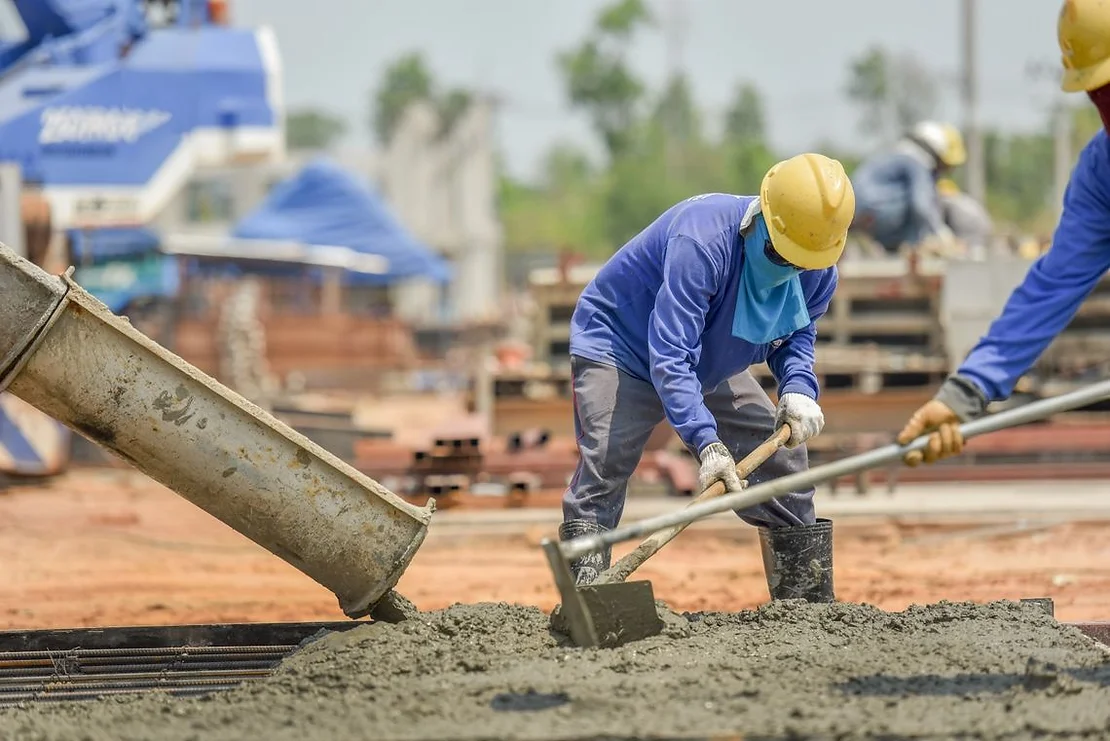
Concrete is a mixture made up of water, rock, sand and gravel mixed with Portland cement. The mixture is in the form of slurry and begins to harden once poured. Curing of concrete is essential for it to develop the desired strength and durability. Without sufficient moisture, the hydration process of concrete is not adequate, affecting the quality of the product. The rate of hydration is faster at higher temperatures. If you are looking for quality concrete contractors in Ottawa, Reitano Concrete Ltd can help you. With over 25 years of experience in the industry, we always strive for reliability and also provide formworks and floor finishing services.
HOW DO LOW TEMPERATURES AFFECT THE CONCRETE CURING PROCESS?
Curing concrete in cold weather is a challenge. For the concrete to properly set and attain maximum strength, it must be protected from freezing for the first 24 hours or till it acquires a minimum strength of 500 pounds per square inch (psi). If the concrete freezes, it may lose up to 50% of its overall strength that decreases its lifespan. If the concrete has to be poured successfully in temperatures under 40 degrees Fahrenheit, the concrete contractors will have to take certain precautions to ensure the material remains warm. However, when the outdoor temperature is below 20 degrees Fahrenheit, it is better to avoid pouring concrete in outdoor locations as hydration completely stops at such temperatures. It is very difficult to maintain the work-site temperature high enough for efficient concrete curing (in such conditions) even after using enclosures and insulating blankets.
HOW TO ENHANCE CONCRETE CURING IN COLD WEATHER CONDITIONS?
Concrete contractors usually use quick-setting concrete mixes during winter. Space heaters and insulated blankets are usually used to thaw the ground while keeping the area warm. The mixture is kept warm until it is poured and chemicals such as calcium chloride can be added to it to accelerate the setting time. Here are a few tips that could help you:
Preheat one or more of the constituent materials to make sure that proper concrete temperature is maintained during the pour. Most of the ready-mix companies follow this where the concrete is pre-heated to about 65 degrees Fahrenheit before it is loaded into trucks. For on-site concrete mixing, you can use hot water and store the aggregate in a warm location before mixing.
Adjust the mixture components by increasing the ratio of cement in the concrete or by using an accelerating chemical admixture (such as calcium chloride) in a ratio of about 2%.
Do not use fly ash or slag cement in cold weather as they set up slowly and generate less internal heat.
Steam can be pumped into the area enclosing the concrete to stop it from drying quickly in low-humidity levels which are common in cold weather conditions.
Reitano Concrete offers quality concrete services to clients in Ottawa. Our experts can handle all types of cement work including foundations, walls and sidewalks. We also provide chimney repairs and interlocking pavers.
Read our blog - Most Common Types of Concrete Damage - to learn how to identify common issues with your concrete before it degrades any further.
For further information on our services, contact us today!
